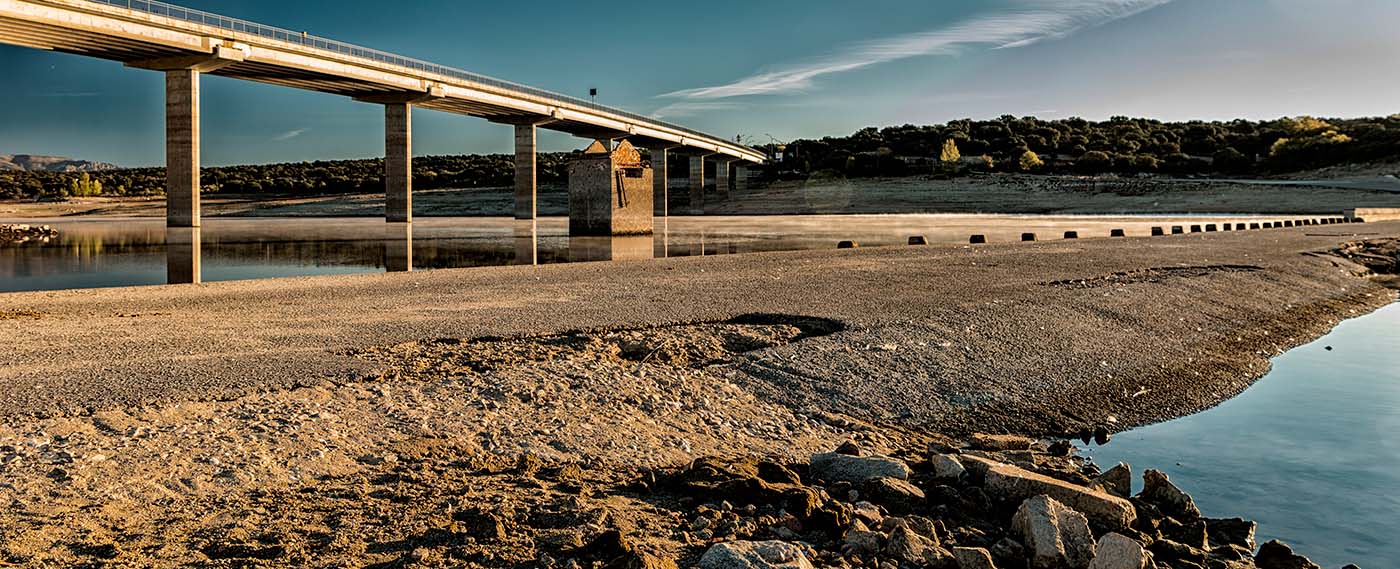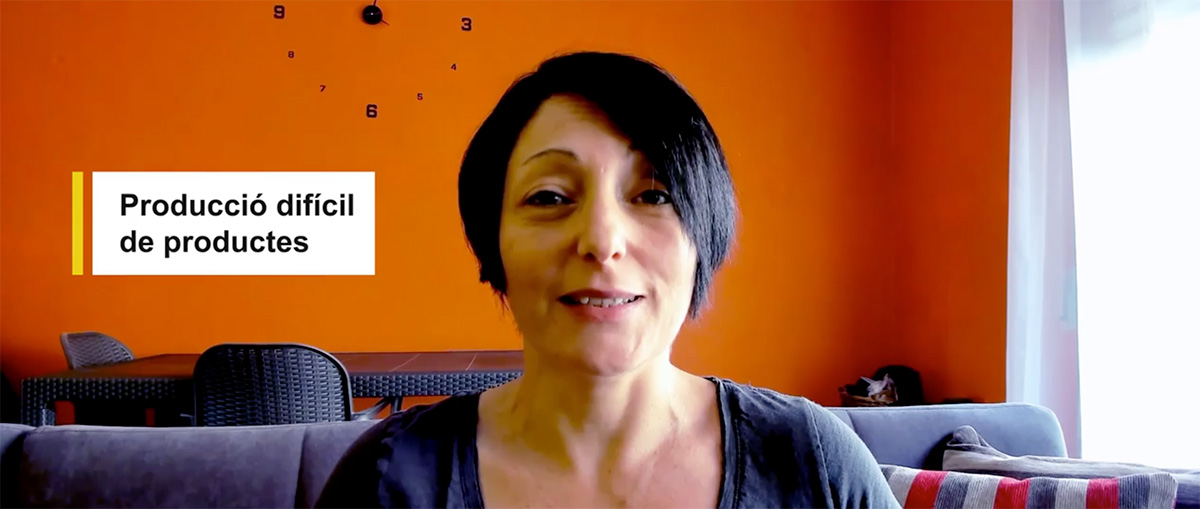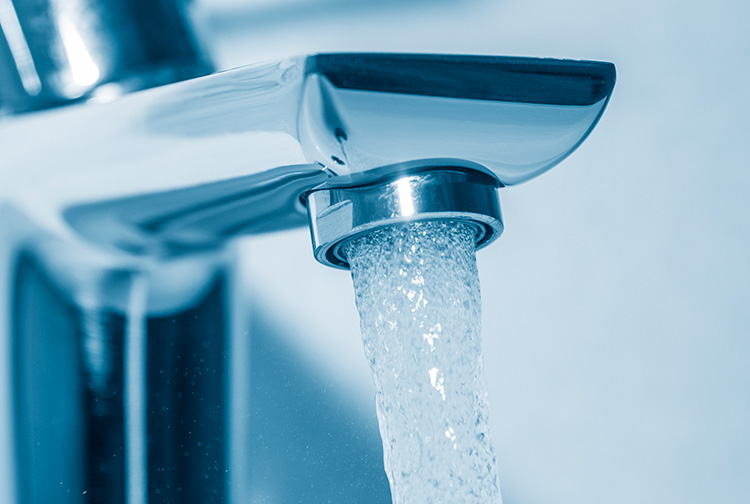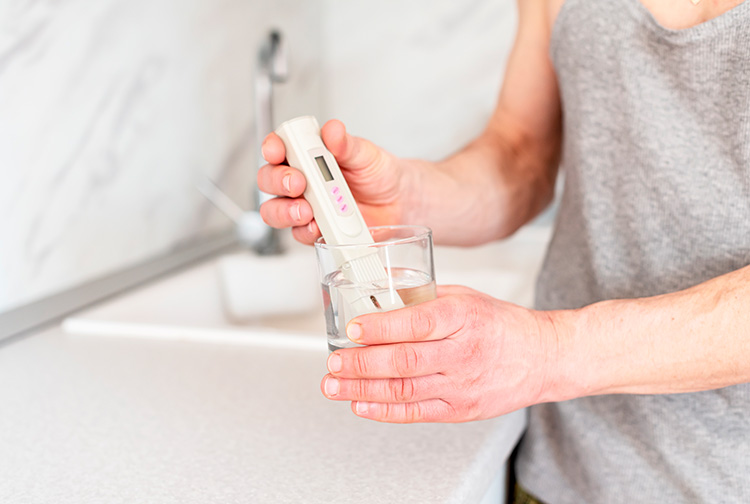

Why drought drives up inflation
La manca de pluges porta a reduir el subministrament d’aigua a molts municipis del nostre territori. Restriccions que afecten directament a l’agricultura, i en conseqüència, al bestiar. L’increment dels costos de producció i la pèrdua de collites per falta d’aigua tenen un impacte significatiu en l’augment de la inflació. Ens ho explica Sílvia Garriga, agent 11Onze.
L’escalfament del planeta provocat per l’activitat humana ha aguditzat la sequera, un mal endèmic dels països mediterranis. Un fet que queda palès en l’estat de les reserves d’aigua d’aqüífers i pantans del nostre territori. Catalunya acumula mesos de sequera i les reserves aigua han disminuït fins al 33%, gairebé a la meitat de l’any passat.
Les pluges i reserves hídriques són cabdals per a la producció agrícola, i tenen un impacte directe en els preus que paguem per productes al supermercat. Aquesta relació entre sequera i inflació no sempre és evident. Com apunta Garriga, “molts de nosaltres no hem estat conscients dels increments de costos de producció provocats per la sequera”.
A la pujada de costos de l’electricitat, combustible, fertilitzants, i pinsos, s’hi suma la pèrdua de conreus per la falta d’aigua, que deixen al sector agrícola sense marge de benefici. “Si es perden collites per la manca d’aigua, la demanda no disminueix, i s’ha d’importar producte que acabarà sortint més car per al consumidor”, explica Garriga.
Més de 500 municipis amb restriccions en el consum d’aigua
Catalunya està patint la sequera més greu des del 2008, quan les reserves d’aigua dels embasaments i conques internes van caure fins al 20%. Davant d’aquesta situació, l’Agència Catalana de l’Aigua (ACA) s’ha vist obligada a decretar l’alerta per sequera a diverses zones del territori, aprovant limitacions en el consum d’aigua a més de 500 municipis.
Als 301 que ja es trobaven en fase d’alerta, aquest dimarts s’hi van sumar els més de 100 municipis de les comarques de l’Alt Penedès, l’Anoia, el Baix Llobregat, el Barcelonès, el Garraf, el Maresme, la Selva, el Vallès Oriental i el Vallès Occidental, que subministra la conca del Ter-Llobregat, i també als afectats per l’àmbit d’influència de l’embassament Darnius-Boadella.
Encara que no es preveu que la situació s’agreugi tant com per arribar a l’escenari d’excepcionalitat, moment en el qual les reserves baixen del 25%, tot dependrà de les pluges que puguin entrar durant el que queda de tardor. Els mapes de previsió meteorològica a llarg termini fan pensar que, de novembre a gener, hi haurà més pluja de la normal al litoral i a les comarques de Girona, però menys precipitacions de les habituals al Pirineu occidental.
Si vols descobrir com beure la millor aigua, estalviar diners i ajudar al planeta, entra a Imprescindibles 11Onze.
Leave a Reply
You must be logged in to post a comment.






Molt bon article.
Gràcies! 😊
Molt bona explicació👌
Gràcies! 😊
Bon article!
Gràcies! 😊